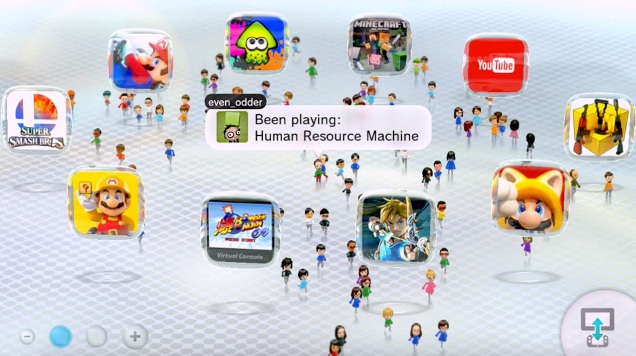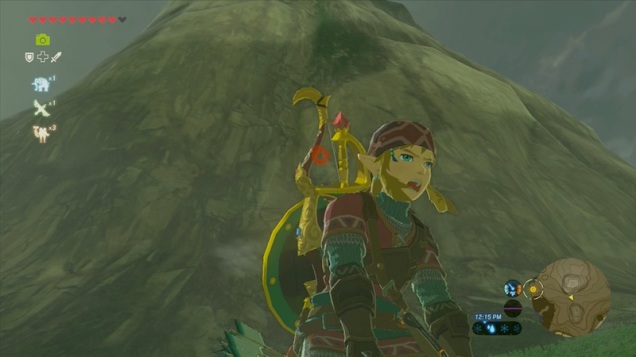
So, last night, Nintendo pulled the plug on its Miiverse social network. This means I just lost a convenient method to take screenshots of Wii U games. Not only that, I also lost the only method I had to take screenshots of the video feed on the Wii U Gamepad.* I hope the screenshots I’ve saved so far are enough to illustrate any future writing!
Of course, we could ask why players ever needed to connect to a social network to take screenshots of a game in the first place. (Certainly, the ever-reliable twelve seconds required to reach the Miiverse servers was never welcome.)
But, in honor of its passing, let’s cut the Miiverse some slack. The Wii U was, after all, the first console to launch with a built-in screenshot taking mechanism, catching up to Steam’s well-worn “F12” key. And it remained, up until last night, admirably responsive. Despite the network-induced downtime, you were still guaranteed to capture the exact frame up on the screen when your thumb hit the “home” button, with none of the guesswork-inducing delay of the PlayStation 4’s “share” function.
That’s not the only feature the Wii U sported that was demonstrably superior to those of its competitors. It gave the world the first web browser for a home console that didn’t completely suck. To this day, I still curse the Steam and PS4 browsers for not auto-filling your browser search bar with the game you have suspended, a cherished Wii U feature. And the notion that strategy tips posted on Miiverse would transform every game on the console into a pseudo Souls-like was intriguing, even if never got implemented beyond a few choice first-party titles like Super Mario 3D World.
Ah, and now I’m getting all misty-eyed. I missed a prime moment to post a retrospective on the Wii U console, back in March when the Switch launched. But the Miiverse’s death seems like a worthy milestone, so let’s commemorate.

